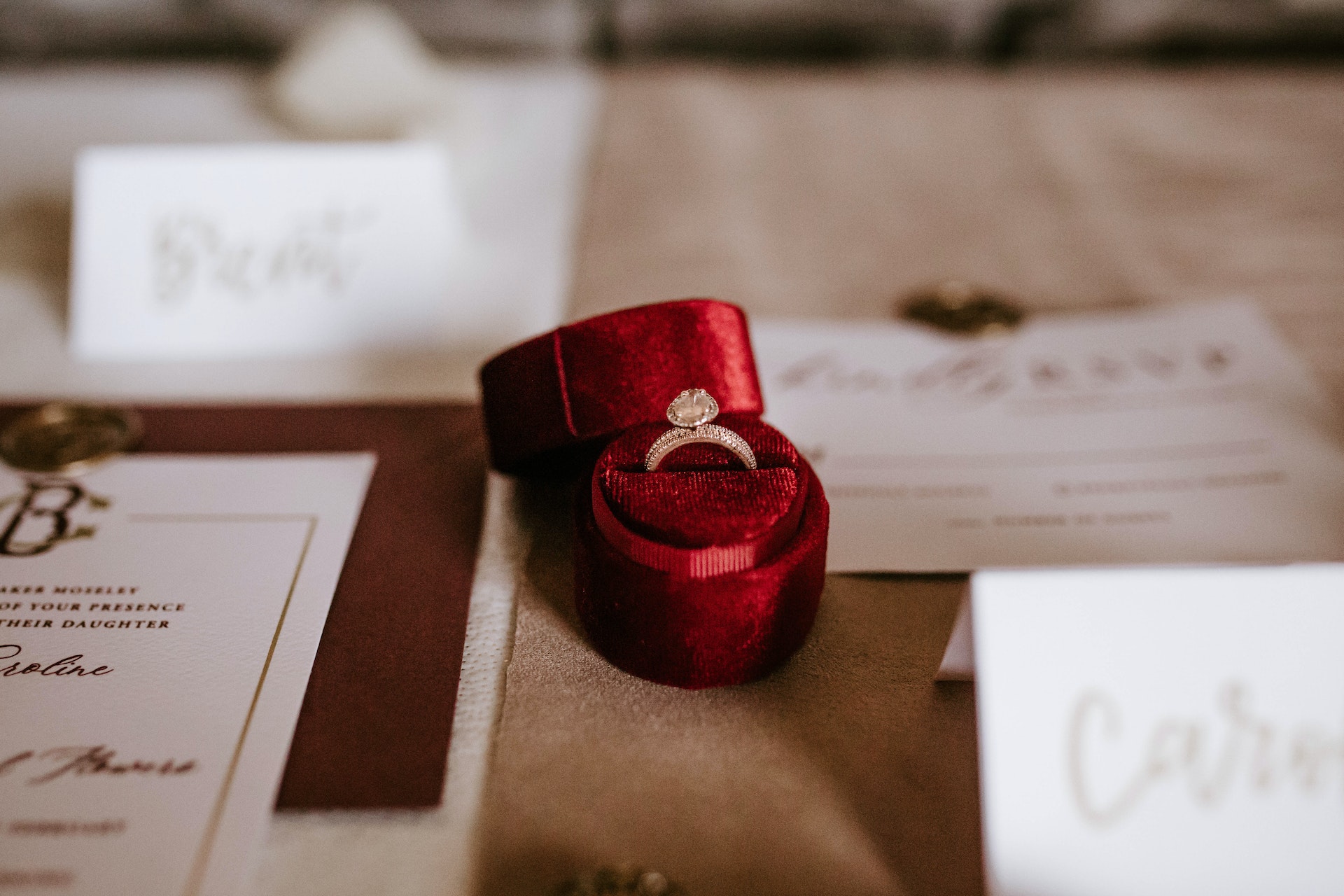Whether you’re looking to buy a diamond or a moissanite ring, it’s essential to know their differences. So here, we’ll discuss the pros and cons of each, including their price, color, and value.
Pros
Understanding the difference between a diamond and moissanite is essential when buying an engagement ring. Diamonds and moissanite are considered beautiful gemstones, but they are different. Diamonds are mined from the earth, and some diamonds are lab-grown. This diamond mining type is more environmentally friendly and conflict-free than natural diamonds.
Diamonds and moissanites are often graded on their clarity, but this does not mean that moissanite is necessarily better. Diamonds have different clarity levels and are more expensive if they have a high clarity grade. Moissanites, on the other hand, are created in a lab and therefore have fewer inclusions.
Moissanite and diamonds are often mistaken for one another. Moissanite is not colorless and is often more yellow or brown. However, it does mimic the look of diamonds and looks beautiful in rose gold or yellow gold settings. Moissanite and diamonds can change color depending on how they are lit. A white sapphire may be a better choice for those sensitive to light.
Price
Moissanite and diamonds are white gemstones with distinct luster, which are similar in price. However, their main difference is the process used in their production. Moissanite is an organic compound formed in a laboratory, while diamonds are natural stones mined from the Earth. Creating diamonds involves pressing a bunch of carbon derivatives into a single crystal.
Diamonds are the most expensive gemstones on earth. Moissanite is less dense than diamonds; diamonds are the clearest moissanite. Moissanite is available in a broader range of sizes, so it’s easy to find one that suits your budget. In addition, Moissanite is less expensive than a diamond, so that you can buy a large stone at a lower price.
While moissanite has no inherent flaws, it can develop minor cloudiness over time. However, it is possible to remove any smudges using a soft cloth.
Color
Moissanite is an alternative to Diamonds that is both beautiful and affordable. It is not only cheaper but also more eco-friendly and ethical. This makes it an excellent choice for those who want an attractive alternative but can’t afford a large diamond.
Moissanite’s colorless brilliance reflects white light much more than a diamond. Hence, it beats the diamond for the title of the most brilliant stone. The difference is due to the difference in their refractive index. This is a crucial consideration when comparing two gems.
Moissanite is a diamond-like stone with superior fire, brilliance, and luster. It’s rare, but Russia and Wyoming deposits are there. The only way to find it is to mine it in a lab.
Although Moissanite is not graded by color, its appearance resembles the K color grade on the GIA scale. This means that it can appear green or yellow in some light. When viewed close-up, the differences are more evident.
Value
Moissanite is a gemstone that is often mistaken for a diamond. Although it is a very similar stone, it differs in many ways. Its sparkle, cost, and reflection are all very different. Regardless of how similar these two stones are, some key differences will help you decide which is correct. You should also know one key thing to make an informed decision.
Diamonds have a high clarity grade because they have a naturally higher refractive index. Unfortunately, moissanites are not natural, but they are lab-created. Therefore, choosing a provider with a solid reputation for moissanite gemstones and jewelry.
Another main difference between diamond and moissanite is its durability. Moissanite has better scratch resistance than diamond, but it is also scratchable. Other gemstones and certain abrasive cleaners can scratch them.

